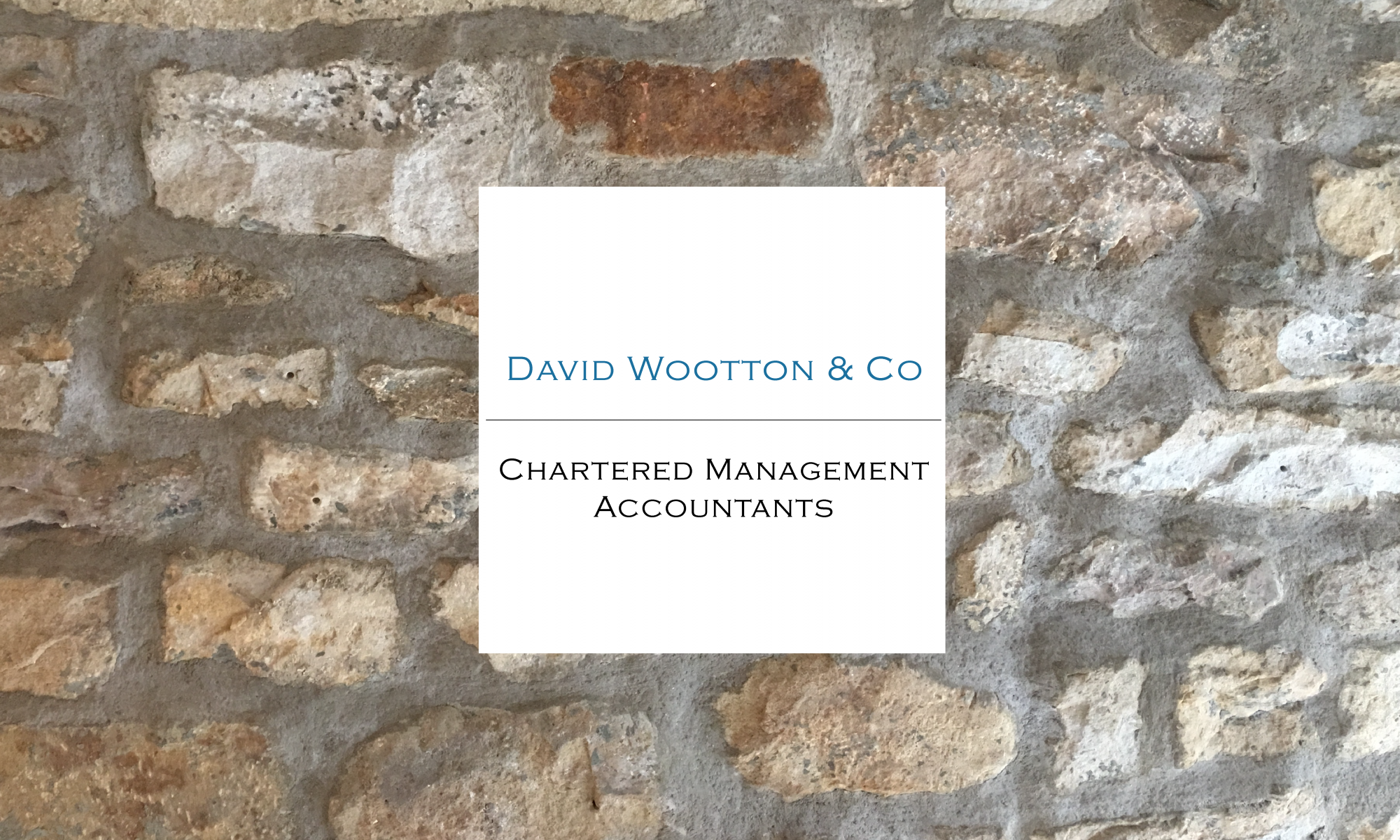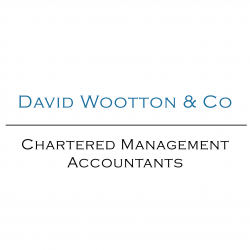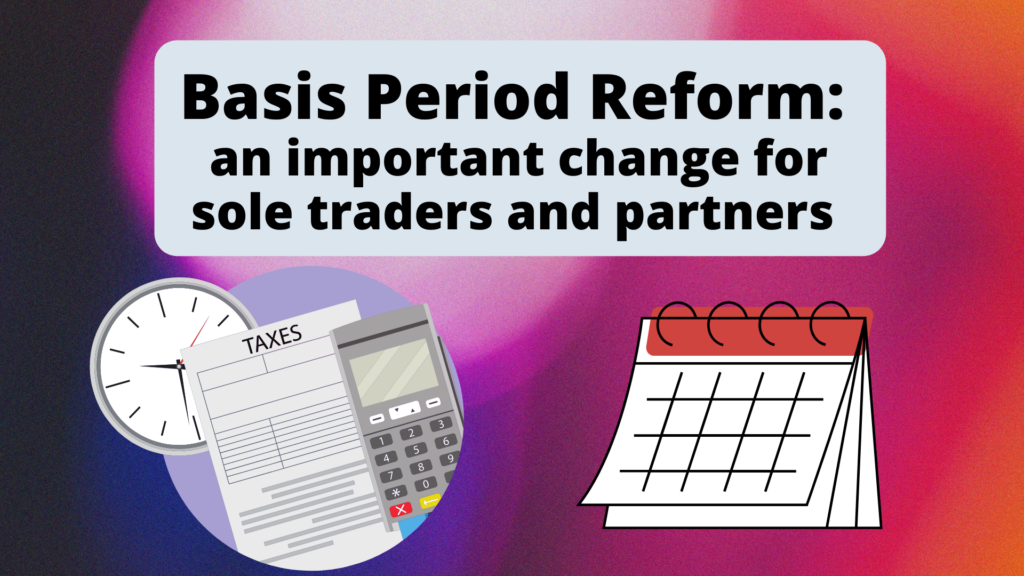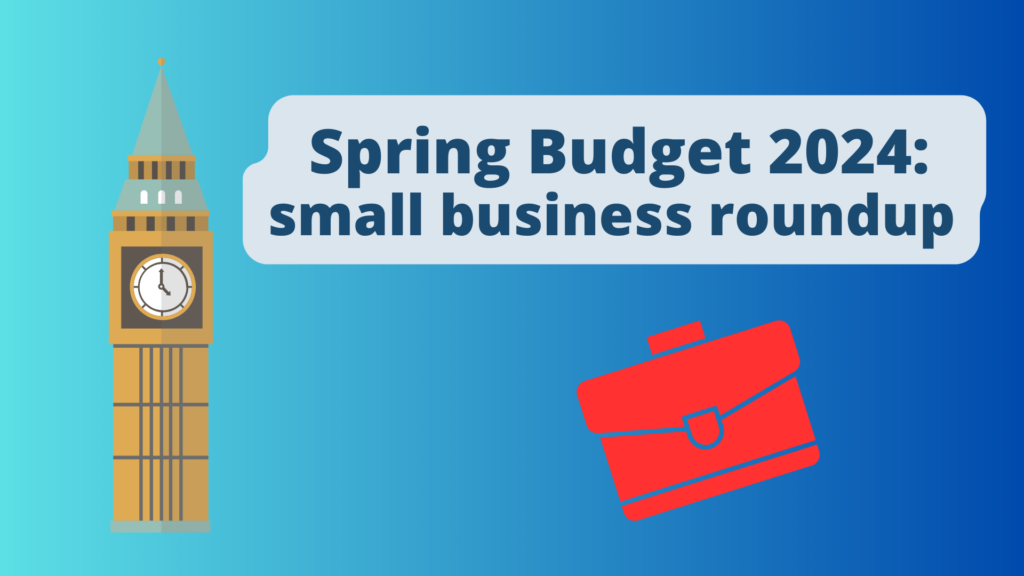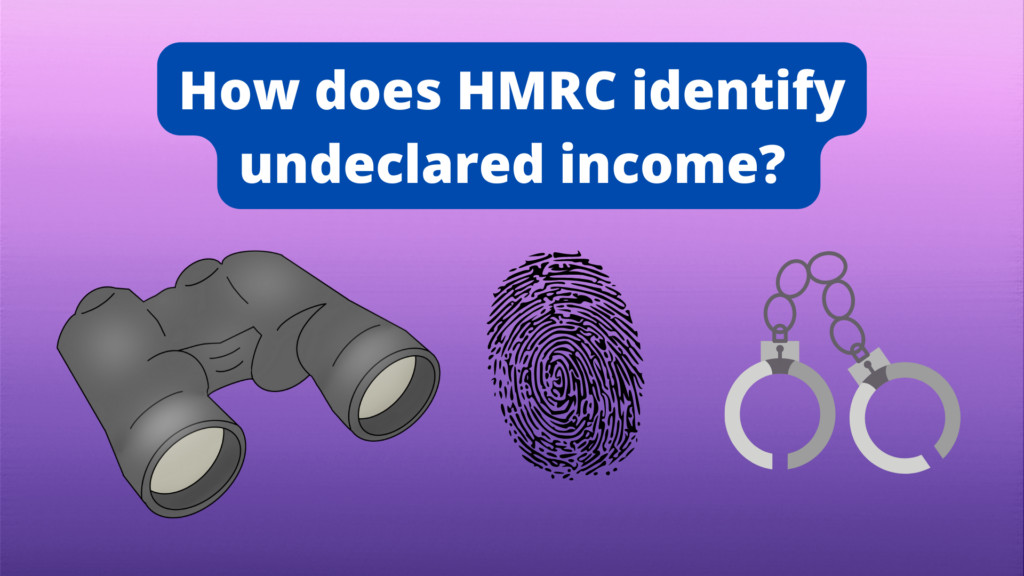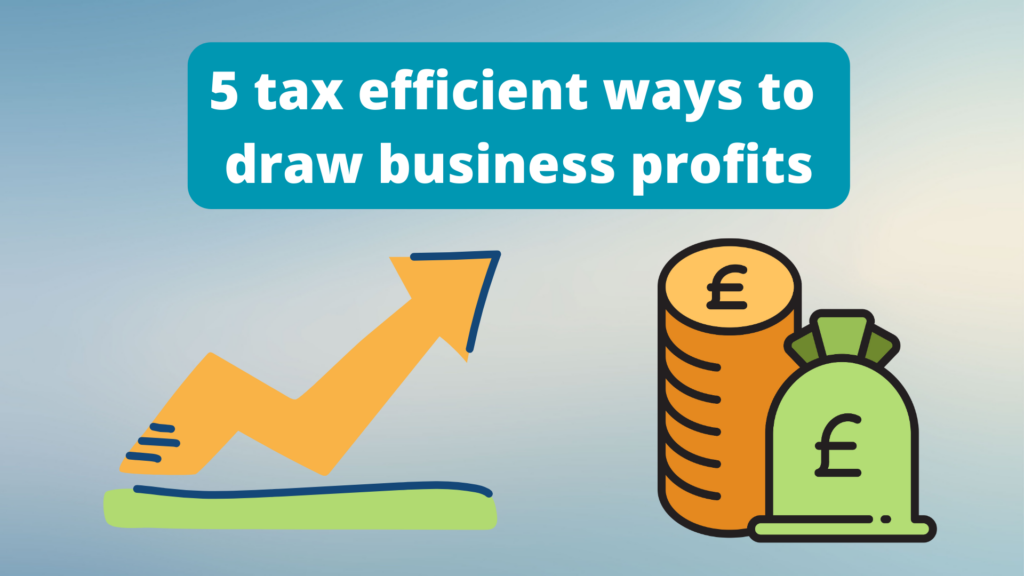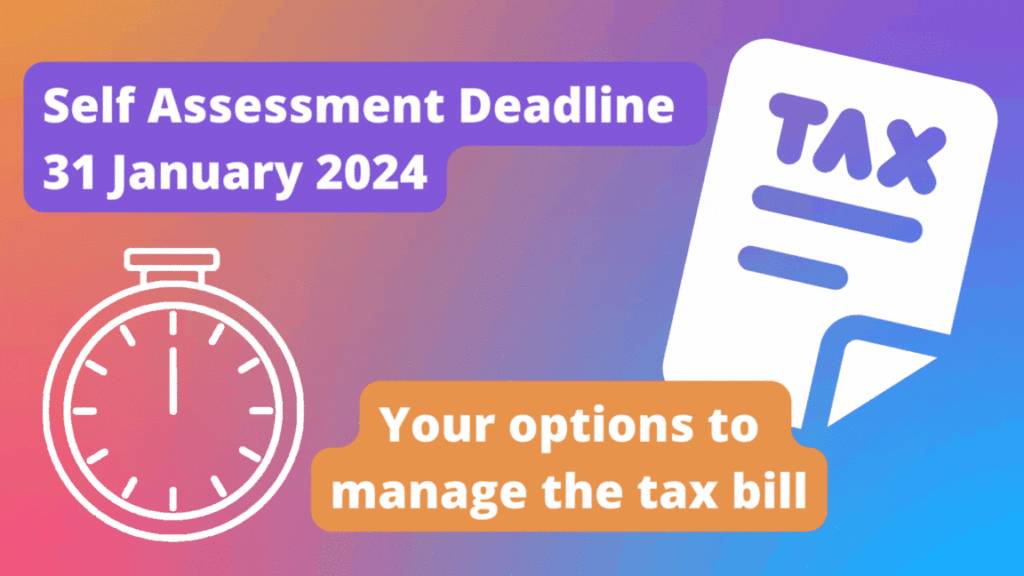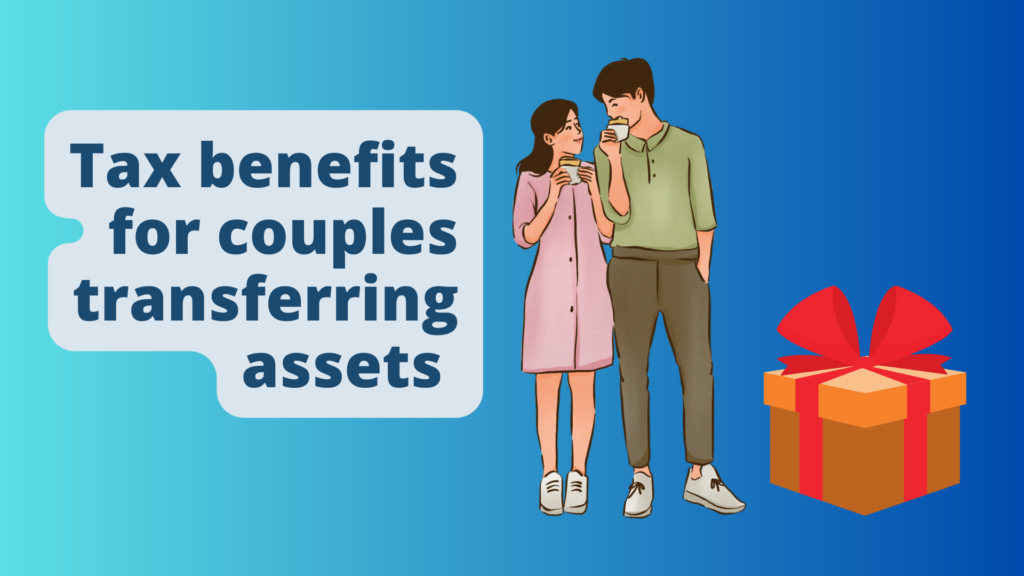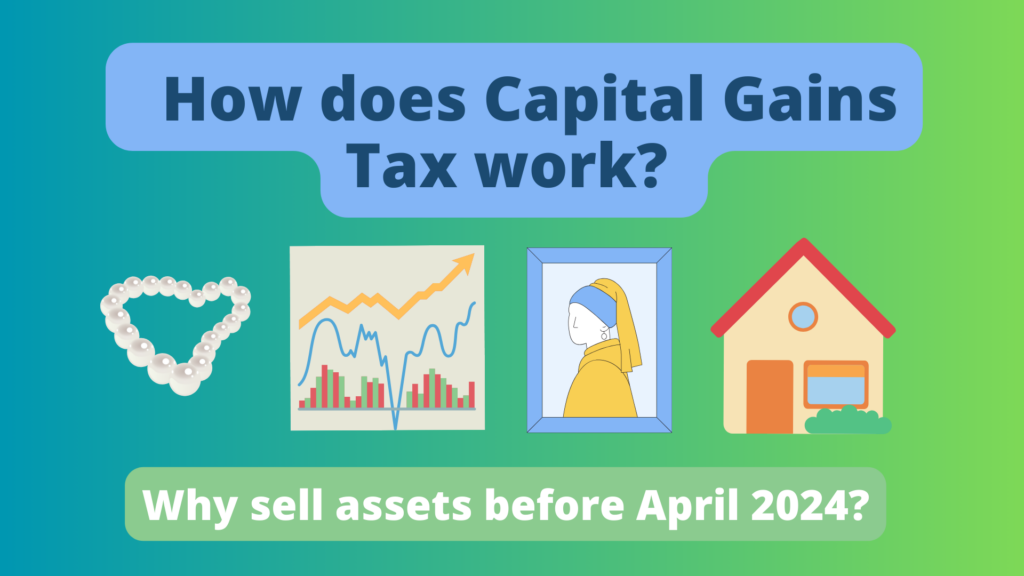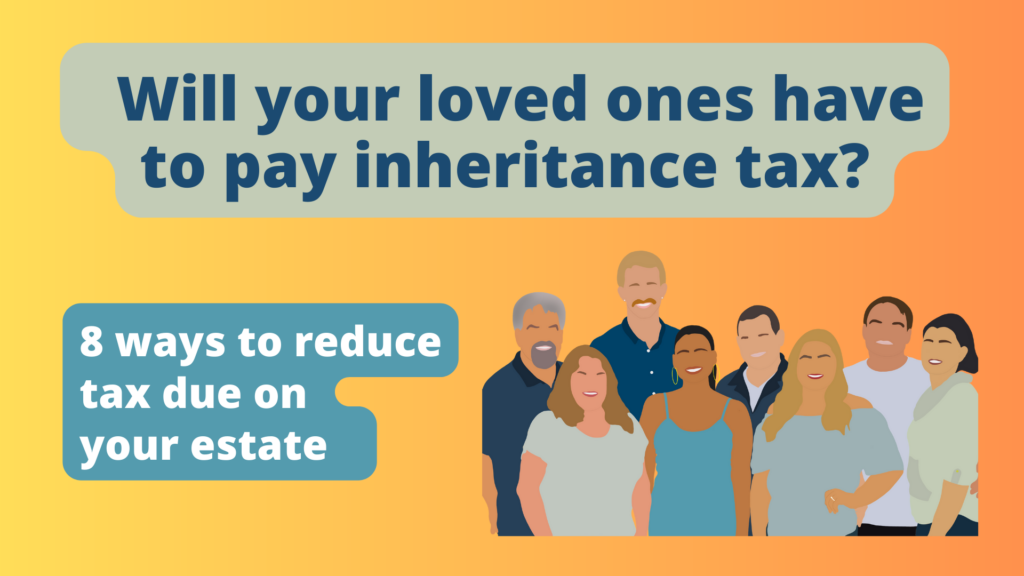For businesses with profits over £50,000, corporation tax rose on 1 April 2023. If you’re looking to find ways to reduce your tax liabilities this year, here are some helpful options to consider.
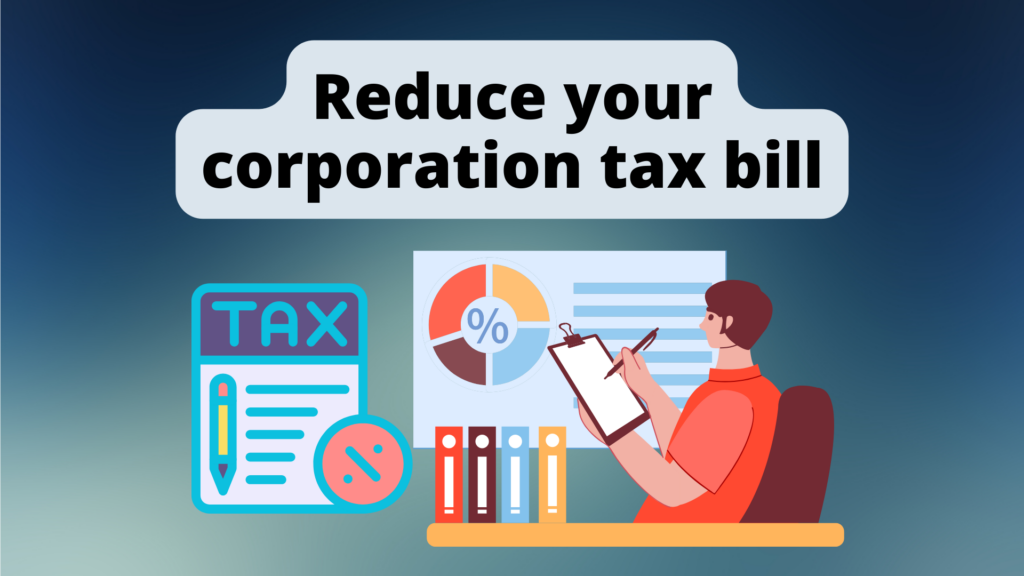
How much corporation tax do you have to pay?
If you own a limited company, you’ll need to pay corporation tax on the profits your company makes.
As of 1 April 2023, a higher rate came into effect for companies with profits over £50,000. The corporation tax rate rose from 19% up to 25%. Meanwhile companies with profits below £50,000 continue to pay the 19% rate.
As a result, many companies are seeking ways to reduce their profits below the £50,000 threshold. Some of the following options may help you achieve this.
1. Employer pension contributions
If you have your own limited company, paying into a pension via your business could help you save on tax. You can make employer contributions to your pension from your company account.
Employer contributions are normally treated as a business expense, so you won’t pay corporation tax on these.
If the pension contribution is made in place of a certain amount of salary, you and your company will also save on National Insurance. Plus, you personally wouldn’t pay any UK income tax on this amount until you access your pension.
Most people have an annual pension contribution allowance of £60,000. But you might be able to ‘carry forward’ unused allowances from the three previous tax years.
2. Claim for all business expenses
Claim for everything you spend through your business – no matter how big or small it might be. Each claim will reduce your profits, and therefore how much corporation tax you pay.
You can claim for office equipment, advertising costs, travel expenses and training courses – anything you spend purely for business purposes.
Do keep a record of your expenses. Without a record, HMRC could refuse to accept your claim.
3. Make a charity donation
Limited companies can pay less corporation tax if they gift money to a charity or community group. The value of any charity donations is deducted from total business profits, before tax is paid.
4. Use Capital Allowances
Capital Allowances allow businesses to gain tax relief on the depreciation of assets and equipment. It can be helpful to time future expenditure carefully to maximise tax savings.
The Annual Investment Allowance gives full tax relief when spending up to £1m on assets and equipment. A good accountant will help you make the most of this.
5. Additional relief for capital expenditure
Limited companies can also benefit from full tax relief for capital expenditure. For most qualifying plant and machinery, companies can claim a deduction of 100% of the cost of the assets, effectively giving a tax saving of up to 25%.
This relief is particularly useful for companies that fully utilise their £1m Annual Investment Allowance.
The eligible assets must be new and unused, and there are exclusions for items like cars – although, under current rules, 100% relief can still be claimed for zero-emission cars.
6. Claim R&D Tax Relief
Research & Development tax relief allows companies to claim tax savings for innovation.
You could qualify for R&D tax relief with any project that drives measurable improvements in science or technology – so if your company is paying people to solve technical problems, there may be scope to claim. Examples include:
- Creating a new product – or improving an existing one
- Adjusting a manufacturing process
- Developing bespoke software
The relief available is generous. A small business with £100k of qualifying costs, for example, could save an extra £21k in tax. Claims can also go back two financial years.
Larger companies can claim under the RDEC scheme.
7. Optimise company structure
As businesses expand, they can end up with many different activities within a single company – or different companies established for each activity. Both can create tax inefficiencies.
It can be helpful to have an accountant review your structure. Options might be to create a group structure, with a holding company owning the subsidiaries. This way the various activities are legally separate, but gain tax benefits by operating within a group.
Alternatively, shareholders could hold individual companies directly, which can be more tax efficient if an individual company is likely to be sold.
8. Tax relief for losses
There are lots of ways to claim back tax on losses, which can vary depending upon details. Sometimes losses from particular activities can be surrendered for a cash payment rather than waiting to offset them against future profits.
The timing of relief is particularly important, now that different rates of tax can apply to specific tax years or different companies within a group.
9. Reinvest after selling business assets
If your business sells a business asset and reinvests in replacement assets, the gain you make can sometimes be deferred until you then sell that replacement asset is sold. This will reduce the amount of corporation tax owed.
10. Receive rent from the business
You can charge your business rent for using a property. For example, if you work from home, you can set up a formal arrangement to charge rent on the part of your property used by the business. Seek advice on this, as there are some consequences to be aware of.
Need more help with reducing corporation tax? As accountants for small businesses in the Lune Valley we’re here to help with tax advice, accounting services and much more. Get in touch today.
